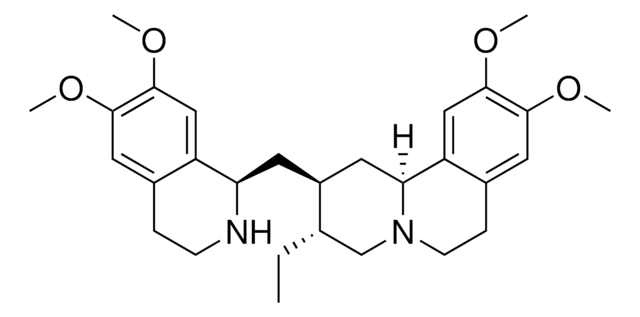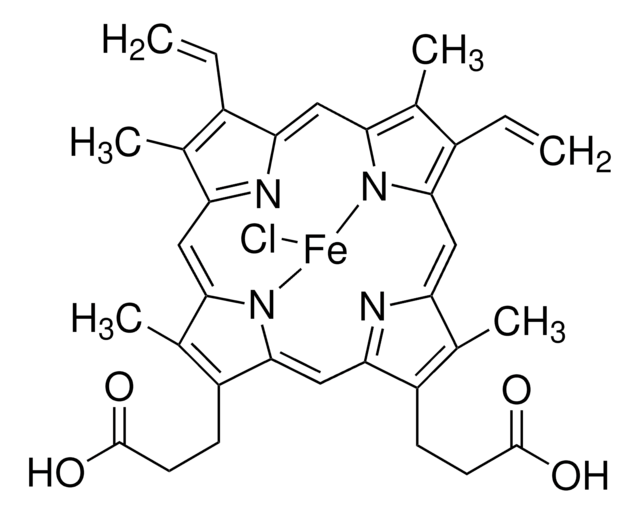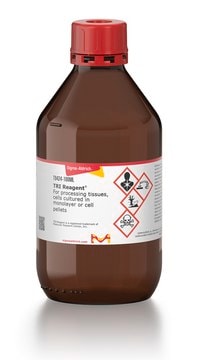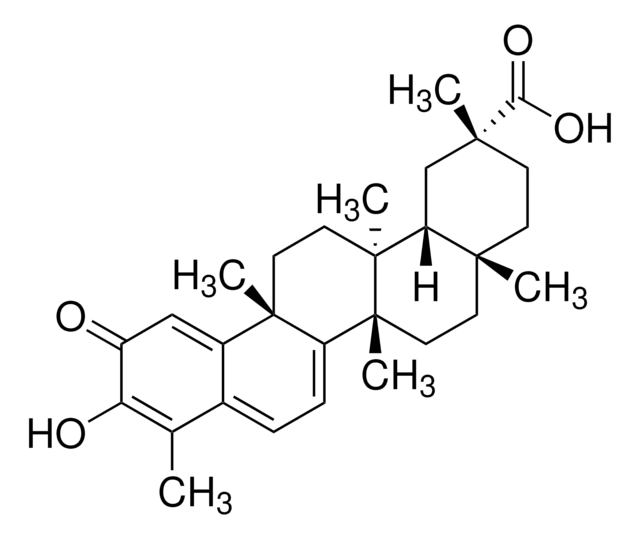324693
Emetine dihydrochloride
≥98% (HPLC), solid, protein synthesis blocker, Calbiochem®
Synonyme(s) :
Emetine, Dihydrochloride, 6ʹ,7ʹ,10,11-Tetramethoxyemetan, 2HCl
About This Item
Produits recommandés
product name
Emetine, Dihydrochloride, Principal alkaloid of ipecac, isolated from the ground roots of Uragoga ipecacuanha.
Niveau de qualité
Pureté
≥98% (HPLC)
Forme
solid
Fabricant/nom de marque
Calbiochem®
Conditions de stockage
OK to freeze
desiccated (hygroscopic)
protect from light
Couleur
white to off-white
white
Solubilité
water: 20 mg/mL
ethanol: soluble
Conditions d'expédition
ambient
Température de stockage
2-8°C
InChI
1S/C29H40N2O4.2ClH/c1-6-18-17-31-10-8-20-14-27(33-3)29(35-5)16-23(20)25(31)12-21(18)11-24-22-15-28(34-4)26(32-2)13-19(22)7-9-30-24;;/h13-16,18,21,24-25,30H,6-12,17H2,1-5H3;2*1H/t18-,21-,24+,25-;;/m0../s1
Clé InChI
JROGBPMEKVAPEH-GXGBFOEMSA-N
Description générale
Actions biochimiques/physiologiques
Movement of ribosomes along the mRNA
Avertissement
Reconstitution
Autres remarques
Khan, M.A. 1995. Prog. Neurobiol.46, 541.
Kokuho, T., et al. 1995. Immunobiology193, 42.
Lee, Y.S., and Wurster, R.D. 1995. Cancer Lett.93, 157.
Burhans, W.C., et al. 1991. EMBO J. 10, 4351.
Filley, E.A., and Rook, G.A. 1991. Infect. Immun.59, 2567.
Landis, R.C., et al. 1991. J. Immunol.146, 128.
Schweighoffer, T., et al. 1991. Histochemistry96, 93.
Informations légales
Mention d'avertissement
Danger
Mentions de danger
Conseils de prudence
Classification des risques
Acute Tox. 1 Oral - Eye Irrit. 2 - Skin Irrit. 2
Code de la classe de stockage
6.1A - Combustible acute toxic Cat. 1 and 2 / very toxic hazardous materials
Classe de danger pour l'eau (WGK)
WGK 3
Point d'éclair (°F)
Not applicable
Point d'éclair (°C)
Not applicable
Certificats d'analyse (COA)
Recherchez un Certificats d'analyse (COA) en saisissant le numéro de lot du produit. Les numéros de lot figurent sur l'étiquette du produit après les mots "Lot" ou "Batch".
Déjà en possession de ce produit ?
Retrouvez la documentation relative aux produits que vous avez récemment achetés dans la Bibliothèque de documents.
Notre équipe de scientifiques dispose d'une expérience dans tous les secteurs de la recherche, notamment en sciences de la vie, science des matériaux, synthèse chimique, chromatographie, analyse et dans de nombreux autres domaines..
Contacter notre Service technique







